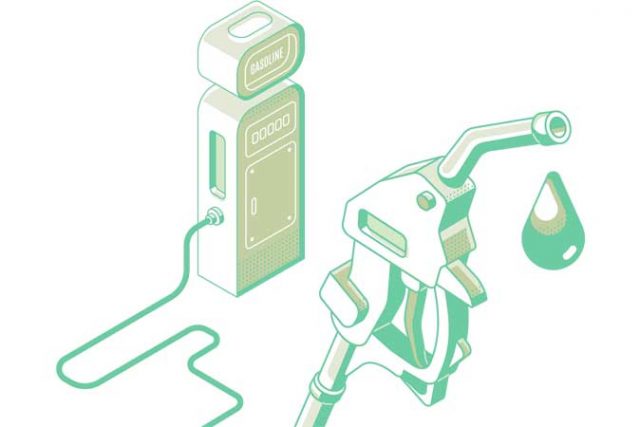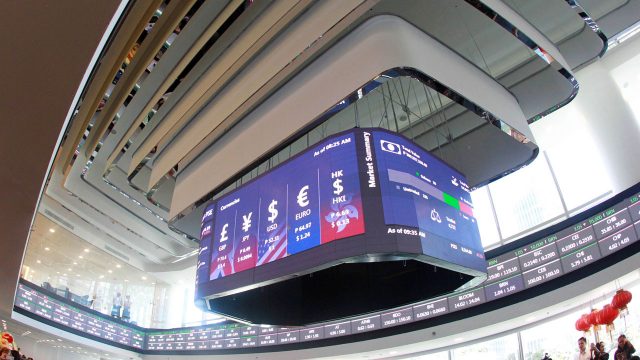Mini Countryman: Maximum Mini

All-road fun and versatility with the UK brand’s biggest vehicle
MINI COOPER purists may decry an “upsized” Mini, but you can’t deny the wisdom of meeting global demand for vehicles that “cross over” from their iconic roots. Case in point: The Porsche Cayenne. Purists cried heresy when Stuttgart announced its first-ever SUV — which quickly rocketed the company’s monthly sales from the tens of thousands to hundreds of thousands and made it one of the most profitable car brands in the world. Today we have SUVs from Lamborghini, Rolls-Royce, and Bentley.
But how good is the Mini Countryman, and how does it blend traditional and much-loved “small car” Mini attributes with the new set of brand values expected of a modern crossover or SUV? The Countryman crossed over to new genres when it was first launched in 2010. It was the first Mini with four doors, a large tailgate, five seats and optional all-wheel drive. Global reception to the game-changing, segment-redefining big new Mini was such that more than half-a-million Mini Countrymans have been sold worldwide.
The latest generation of the Mini Countryman goes even further in versatility, agility, and luxury. Its delightful go-anywhere spirit is abetted by a higher ground clearance, short front and rear overhangs, and raised seating positions — further reinforced by rugged cues like functional roof rails and the de rigueur black protective moldings on the fenders. A substantial eight inches longer than its predecessor, the Mini Countryman is the biggest, roomiest, and most versatile model in the brand’s 62-year history.
It boasts cool features like a touchscreen infotainment system for the signature huge 8.8-inch circular display in the center of the dash, an electric tailgate with foot motion-operated opening and closing, beautiful customizable cabin ambient lighting, and even a cool Mini Picnic Bench — a fold-out sill cushion that doubles as a comfortable seat for two on the luggage compartment lid. The picnic bench even has a flap that keeps your clothes from getting muddied after driving through dirt trails. Tailgate parties have never been as cool and comfortable as this.
Compared to its predecessor, the latest Countryman is 30mm wider and its wheelbase has been extended by 75mm. This growth makes the Countryman a true five-seater with a significantly bigger cargo space. Particularly genius is the design of the rear seats. The seatback splits 40/20/40 while the bottom cushion, which can be moved forward and backward up to 13cm, is split 60/40. The luggage compartment volume is 450 liters and can be expanded to a total of 1,390 liters with the rear seats folded.
Numerous design elements such as the floating-effect white roof, the upright rear lights, the honeycomb radiator grille and the large, expressive headlamps have kept the Mini as fresh and characterful as ever. The signal light surrounds on the front fenders exhibit an arrow shape that adds visual dynamism when you look at the car from the side. Horizontal lines dominate at the rear, emphasized by dual exhaust pipes positioned at either end of the sports car-inspired under-bumper diffuser and the bold C-O-U-N-T-R-Y-M-A-N lettering on the tailgate, with the vertical taillights providing an appealing contrast.
The distinctive, slightly asymmetrical profile of the headlamps deviates from the circular shape that is otherwise typical of the brand. Striking LED daytime driving lights run entirely around each headlamp, which makes the Countryman that much more head-turning in the daytime.
Despite the high window line, the narrow pillars and high seating position make for terrific outward visibility. The rear doors have been enlarged compared to the predecessor for easier ingress and egress. This is truly the first Mini that is fully capable of functioning as a vehicle for one-car families. And because the joy of spirited driving is further enhanced by music, the car comes with a superb Harman Kardon audio system.
The Mini Cooper S Countryman is powered by a 2.0-liter four-cylinder petrol engine (mated to an eight-speed Sport automatic) developing 192hp at 5,000 to 6,000rpm and 280Nm of torque from as low as 1,350rpm all the way to 4,600rpm. It can accelerate from zero to 100 kph in just 7.5 seconds and reach a 225kph top speed. More importantly (and despite it being bigger and heavier than all previous Minis), the Countryman lives up to the legendary Mini agility and maneuverability.
The superbly balanced suspension (responsive handling without the usual sports car stiffness or harshness) of the Countryman combines the tried-and-tested single-joint spring/strut at the front and a multilink rear design optimized for light weight and high rigidity. Eighteen-inch alloy wheels come standard, 19-inch wheels as options.
State-of-the-art Dynamic Damper Control is also available for the Countryman. Two program maps can be activated for the electronically controlled dampers via the optional Mini Driving Modes. A rotary switch at the base of the gear lever lets the driver select between Mid, Sport, and Green modes. This adjusts the car’s responsiveness to the driver’s motions on the accelerator pedal and steering wheel, the quickness of the gearshifts, the operating mode of electrically powered comfort features and even the engine sound. The difference is stunning, with the car seeming very excited to rocket forward and attack corners and apexes in Sport mode but feeling very relaxed in Green.
The standard Collision Warning with City Braking function can be extended to include the Driving Assistant system with camera-based Active Cruise Control, Pedestrian Warning with Initial Brake function, High Beam Assistant and Road Sign Detection. Park Distance Control, Rear View Camera, Parking Assistant and Head-Up Display are also optionally available.
The Mini Cooper S Countryman starts at P3.25 million for the Pure variant, goes up to P3.85 million for the Sport, and tops out at P4.75 million for the flagship Mini John Cooper Works Countryman.
All things considered, the Mini Countryman has the perfect combination of exclusivity, advanced technology, universally admired design, world-class high performance, and a versatile cabin to take on even the finest luxury European crossovers. Of course, nothing can be more convincing than an actual drive of the brilliantly capable Mini Countryman. It’s an experience every car-loving person owes him- or herself.
























